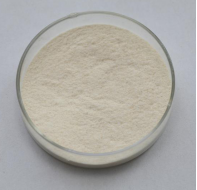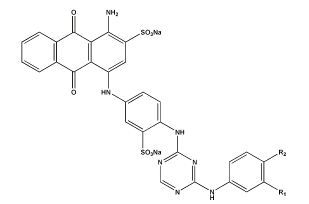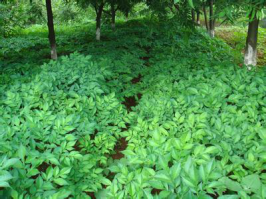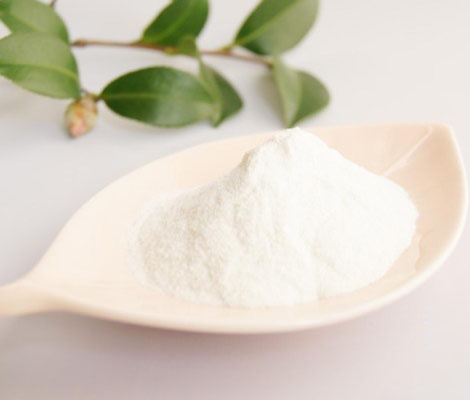Hot New Products Konjac Gum Powder Factory for Las Vegas
Hot New Products Konjac Gum Powder Factory for Las Vegas Detail:
[Latin Name] Amorphophallus konjac
[Plant Source] from China
[Specifications] Glucomannan85%-90%
[Appearance] White or cream-color powder
Plant Part Used:Root
[Particle size] 120 Mesh
[Loss on drying] ≤10.0%
[Heavy Metal] ≤10PPM
[Storage] Store in cool & dry area, keep away from the direct light and heat.
[Shelf life] 24 Months
[Package] Packed in paper-drums and two plastic-bags inside.
[Net weight] 25kgs/drum
[Introduction]
Konjac is a plant that is found in China, Japan and Indonesia. The plant is part of the genus Amorphophallus. Typically, it thrives in the warmer regions of Asia.
The extract of the Konjac root is referred to as Glucomannan. Glucomannan is a fiber-like substance traditionally used in food recipes, but now it is utilized as an alternative means of weight loss. Along with this benefit, konjac extract contains other benefits for the rest of the body as well.
The main material of the natural konjac gum is fresh konjac, which grow in virgin forest in Hubei area. We use advanced method to distill the KGM, aminophenol, Ca, Fe, Se which are good for health. Konjac is known as“ the seventh nutriment for human”.
Konjac Gum with its special water holiding capacity, stability, emulsibility, thickening property,suspension property and gel propery can especially adopted in food industry.
[Main Function]
1.It could reduce postprandial glycemia, blood cholesterol and blood pressure.
2.It could control appetite and reduce body weight.
3.It could increase insulin sensitivity.
4.It could control insulin resistant syndrome and diabetesII development.
5.It could reduce heart disease.
[Application]
1) Gelatinizer(jelly, pudding, Cheese, soft candy, jam );
2) Stabilizer(meat, beer);
3) Film Former(capsule, preservative)
4) Water-keeping agent( Baked Foodstuff );
5) Thickener (Konjac Noodles, Konjac Stick, Konjac Slice, Konjac Imitating Food stuff);
6) Adherence agent( Surimi );
7) Foam Stabilizer (ice cream, cream, beer)
Product detail pictures:

Related Product Guide:
We pursue the management tenet of "Quality is superior, Service is supreme, Reputation is first", and will sincerely create and share success with all clients for Hot New Products Konjac Gum Powder Factory for Las Vegas , The product will supply to all over the world, such as: Belize, Nigeria, Casablanca, We believe that good business relationships will lead to mutual benefits and improvement for both parties. We have established long-term and successful cooperative relationships with many customers through their confidence in our customized services and integrity in doing business. We also enjoy a high reputation through our good performance. Better performance will be expected as our principle of integrity. Devotion and Steadiness will remain as ever.
Scott Smith, you’re a pussy lil bitch. when dan quinn played football, he walked on water. oh no shit. and now it’s 20 years later and he’s doing it again, except this time he’s a criminal god. see the play, know that dan quinn getting fired for it proves that snorting pure JAJA stevioside from emperorsherbologist.com makes you fairly lean and ripped. dan quinn can make a liquid, homie.
Tanaman stevia rebaudiana siap panen dan proses pemanenannya.
Pemanenan stevia dilakukan sebelum tanaman stevia berbunga.
===============================================
Untuk info & pemesanan, kunjungi kami di: budidayastevia.wordpress.com
Reasonable price, good attitude of consultation, finally we achieve a win-win situation,a happy cooperation!








